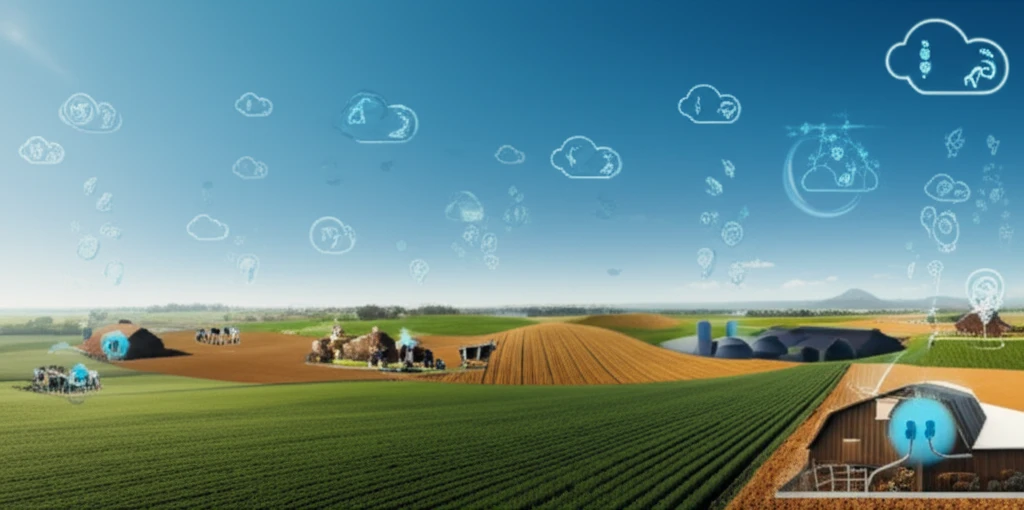
Fighting Ammonia: How Smart Farming Can Clean Our Air
"Discover the surprisingly simple changes in agriculture that could slash pollution and boost our health."
For years, we've heard about the dangers of air pollution from cars and factories, but there's a less talked-about culprit that's just as harmful: agricultural ammonia. This gas, released from fertilizers and livestock, contributes to air pollution, soil acidification, and water contamination, impacting both our health and the environment.
But here's the good news: scientists are finding innovative ways to tackle this problem head-on. A groundbreaking study dives deep into the effectiveness of different farming strategies, revealing which methods can dramatically cut ammonia emissions. This isn't just about cleaner air; it's about creating a more sustainable and efficient food system.
Get ready to explore the practical changes happening on farms around the world that are making a real difference. From smarter fertilizer use to innovative livestock management, these solutions are paving the way for a healthier planet.
What's the Big Deal with Ammonia?

Ammonia (NH3) from agriculture isn't just a nuisance; it's a significant environmental and health hazard. It plays a role in:
- Air Pollution: Contributing to the formation of fine particulate matter, which can cause respiratory problems and other health issues.
- Soil Acidification: Damaging soil health and reducing its ability to support plant life.
- Water Eutrophication: Leading to excessive nutrient levels in waterways, harming aquatic ecosystems.
- Biodiversity Loss: Affecting sensitive plant and animal species.
A Breath of Fresh Air for the Future
The fight against agricultural ammonia emissions is far from over, but this research provides a solid roadmap for progress. By adopting smarter farming practices, we can significantly reduce pollution, create a healthier environment, and build a more sustainable food system for generations to come. It's time to embrace these changes and work towards a future where clean air is a reality for everyone.
